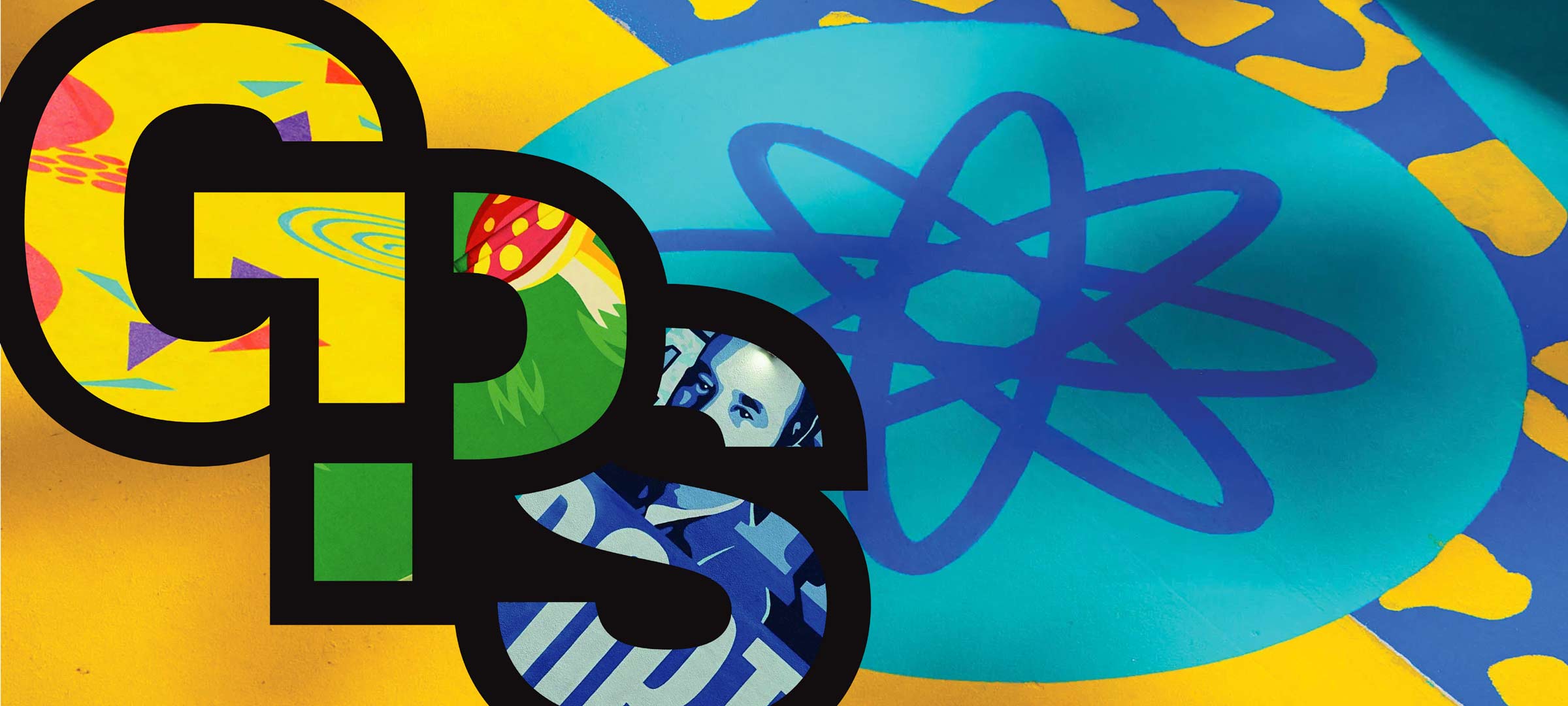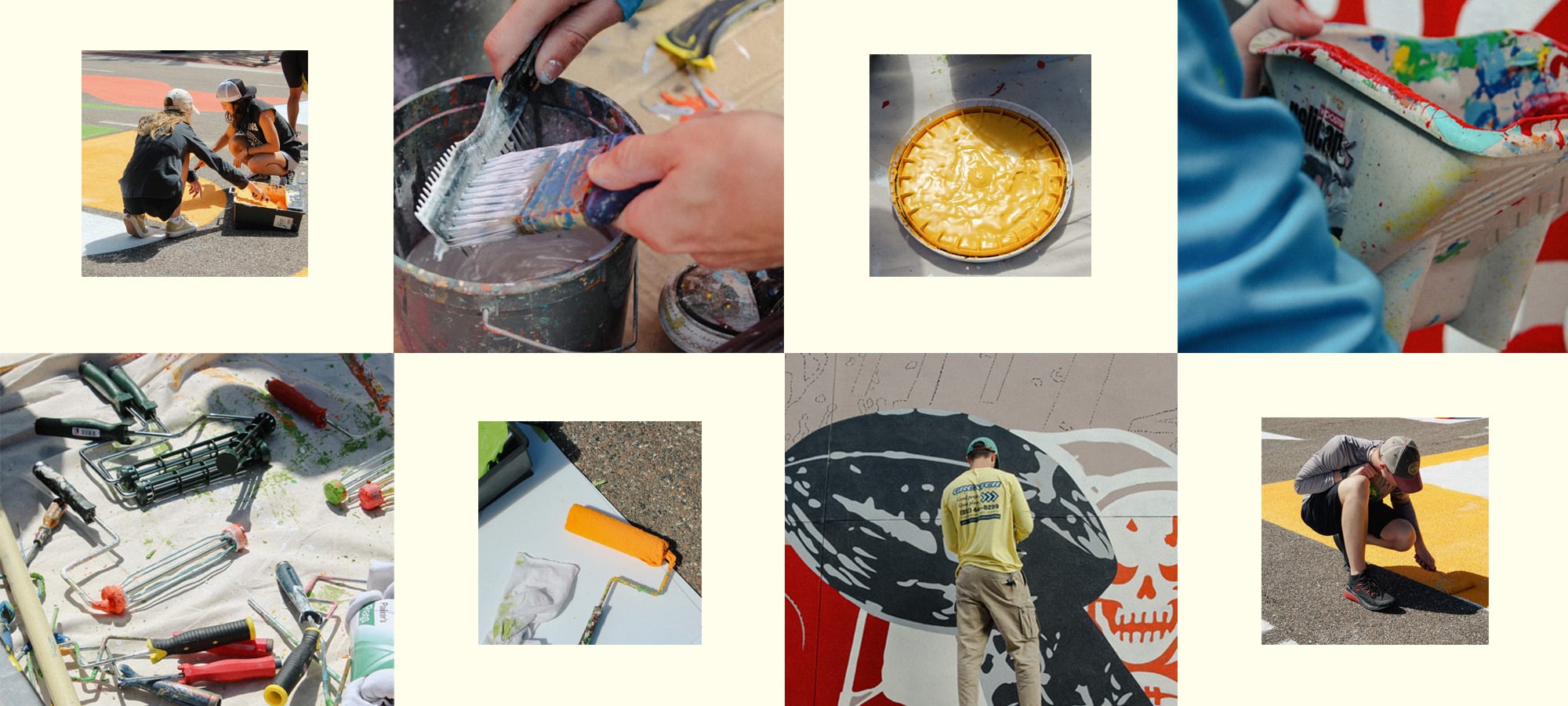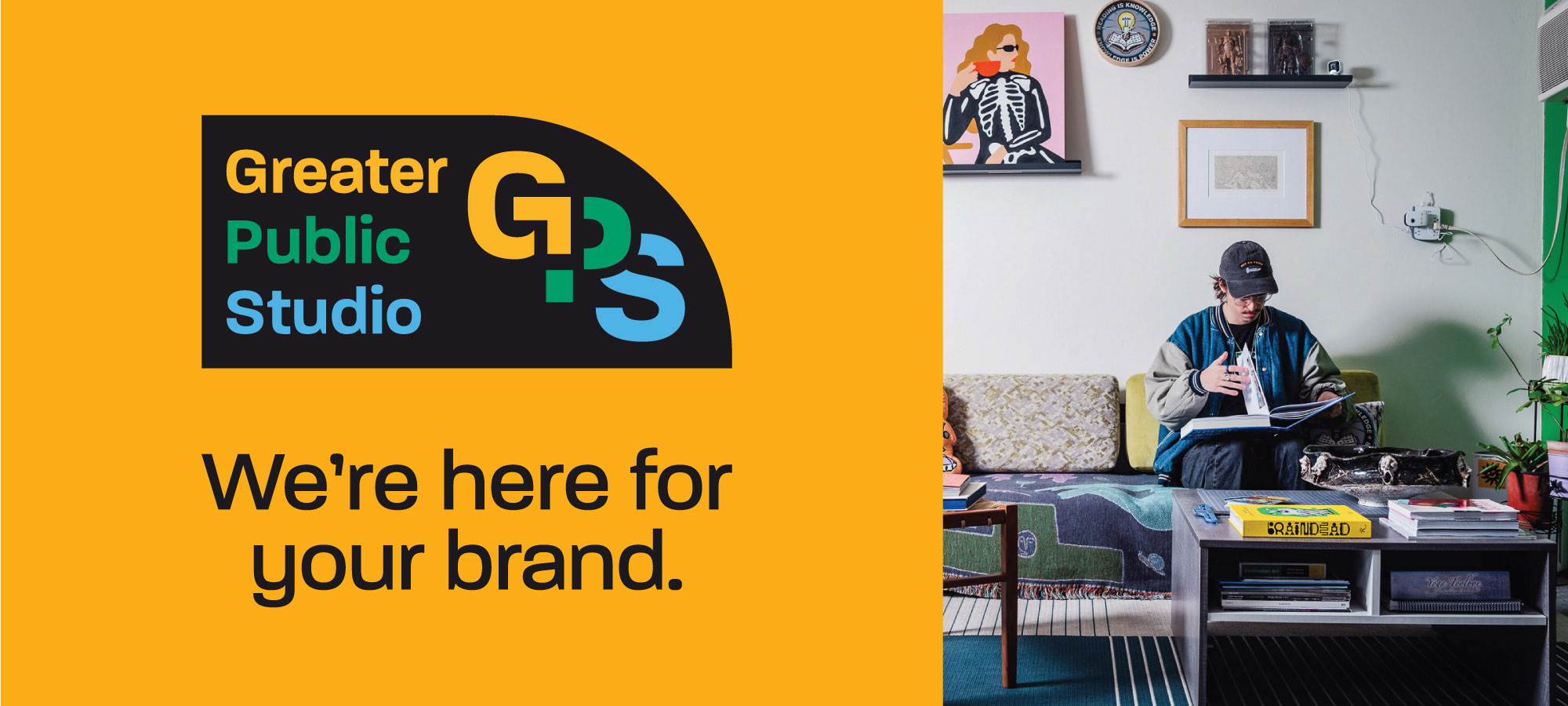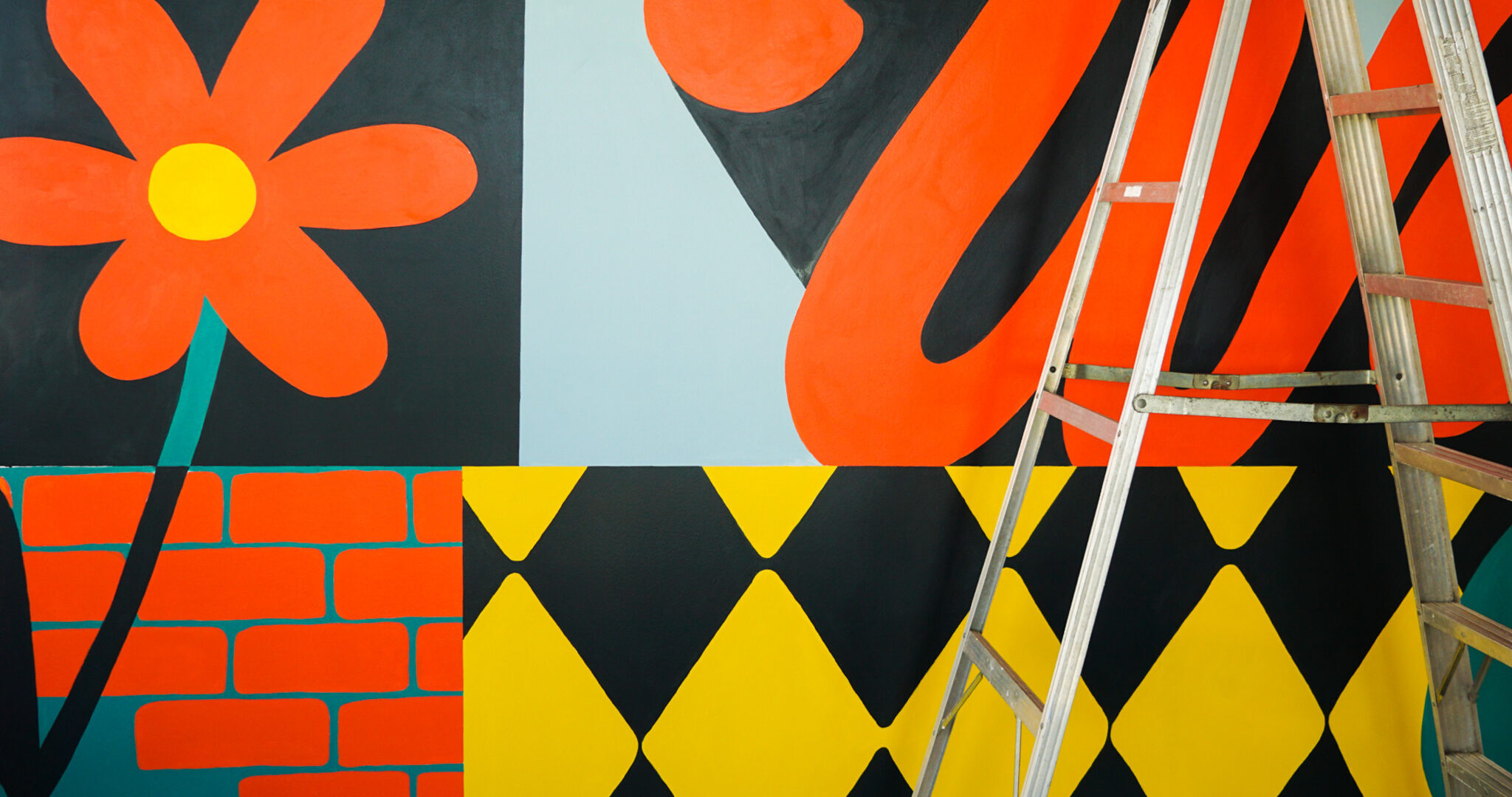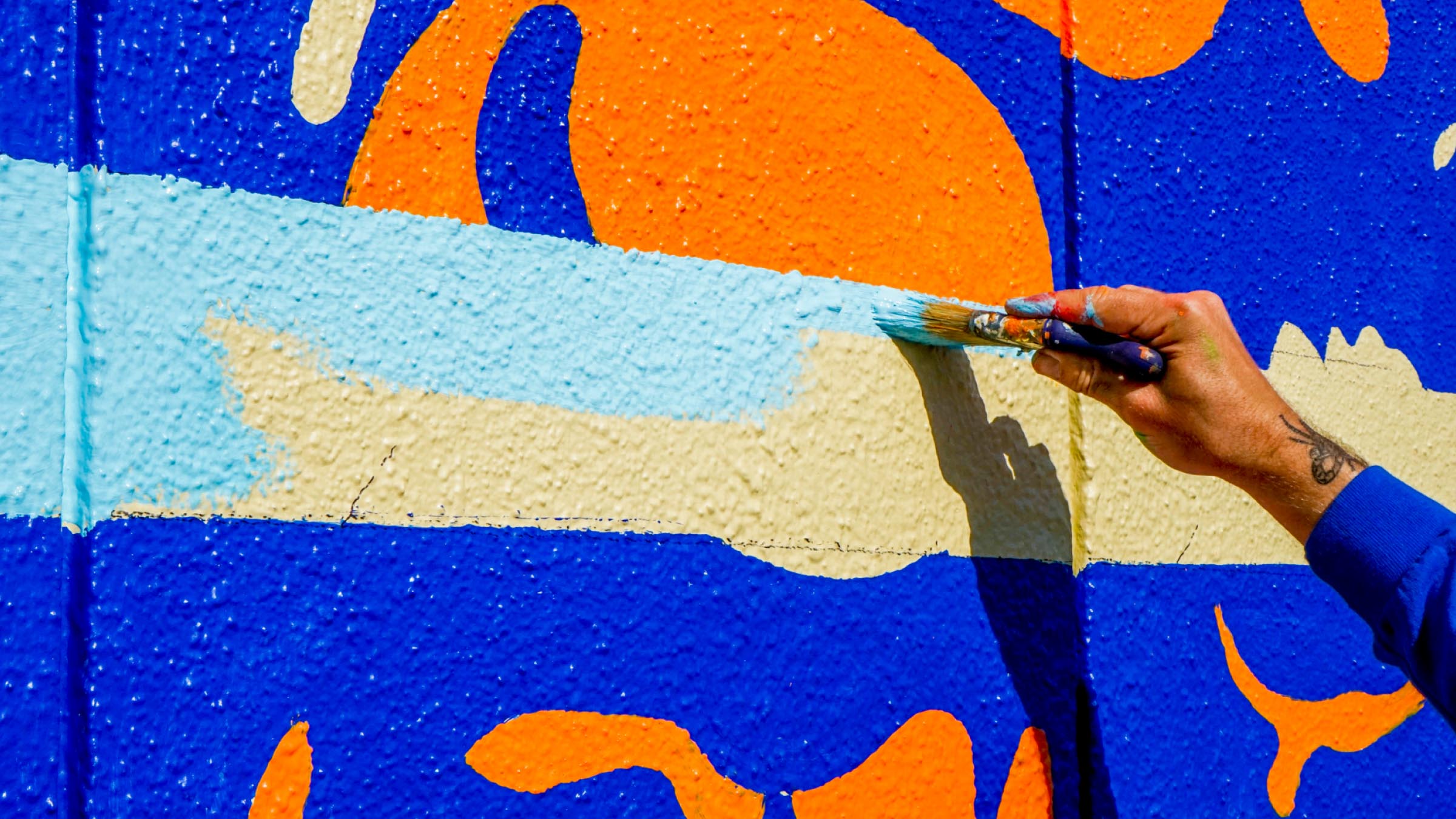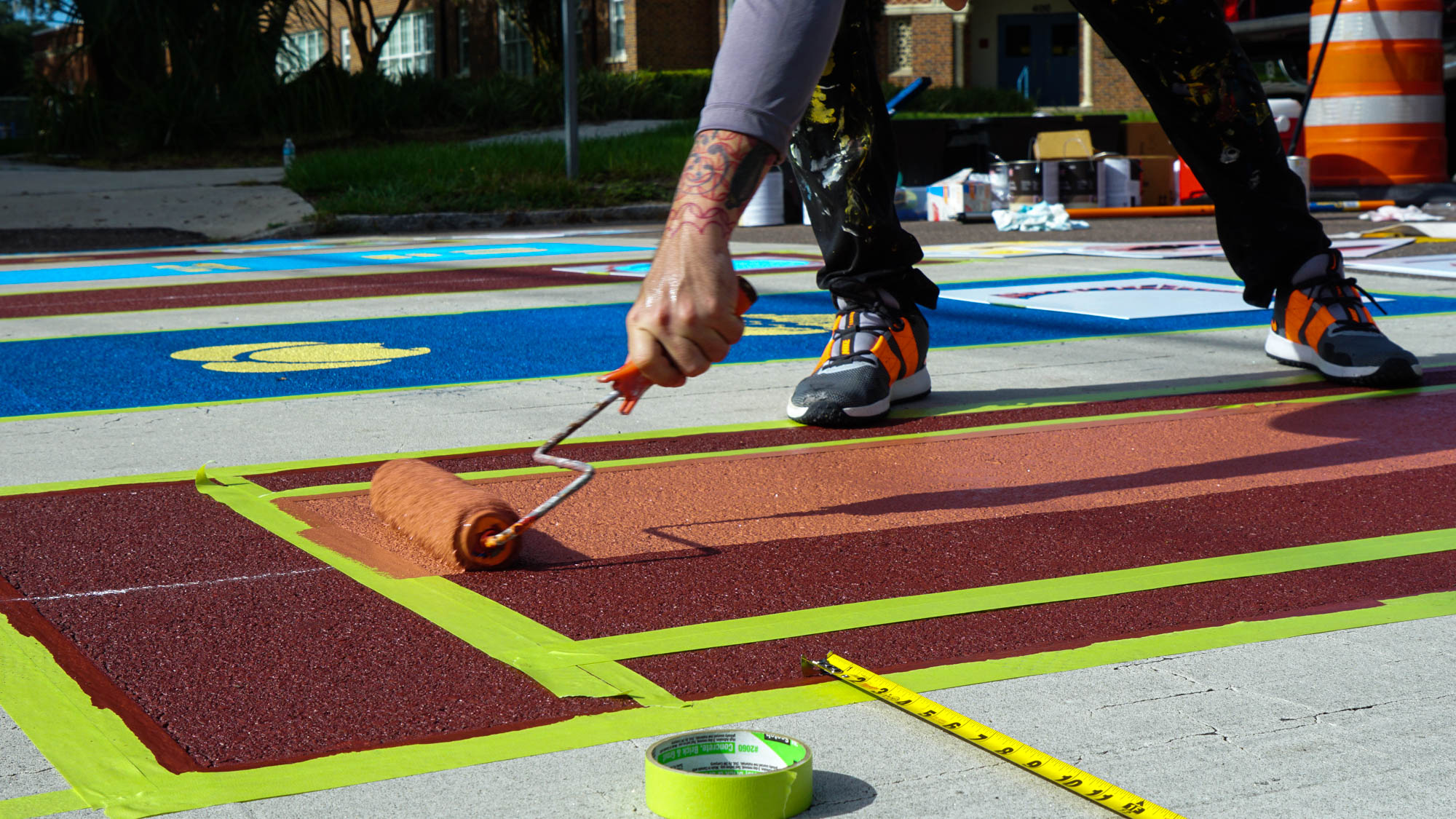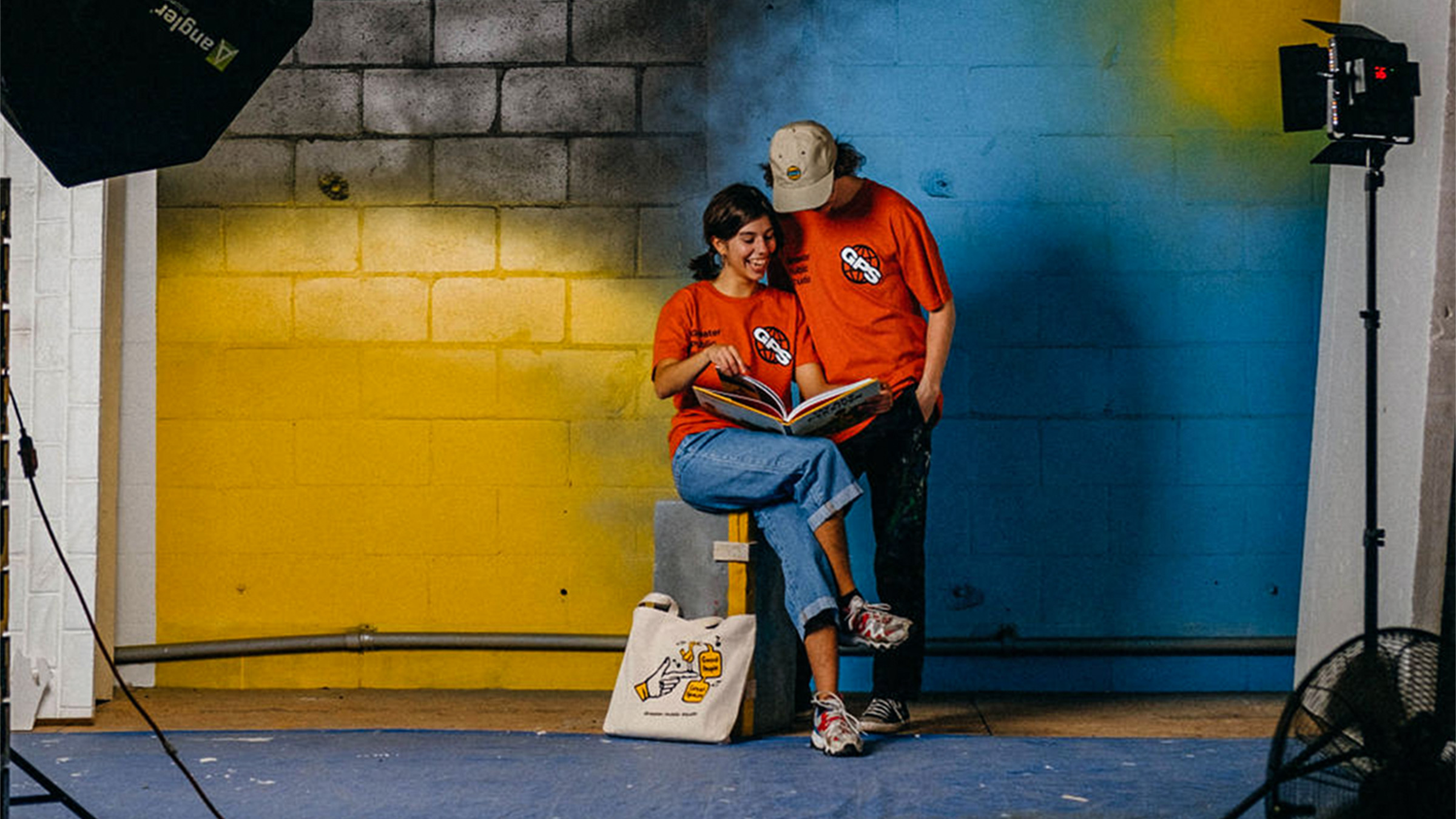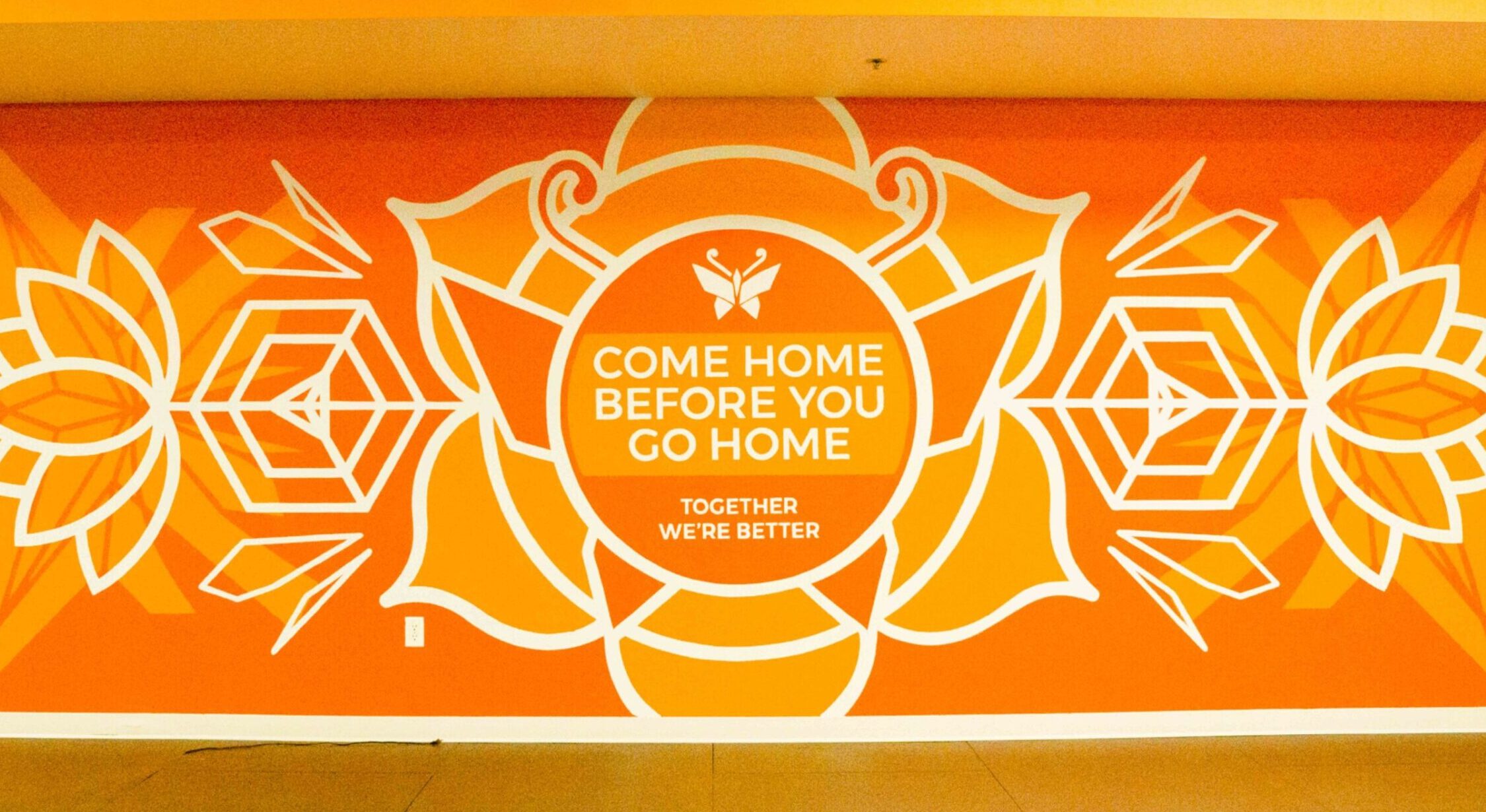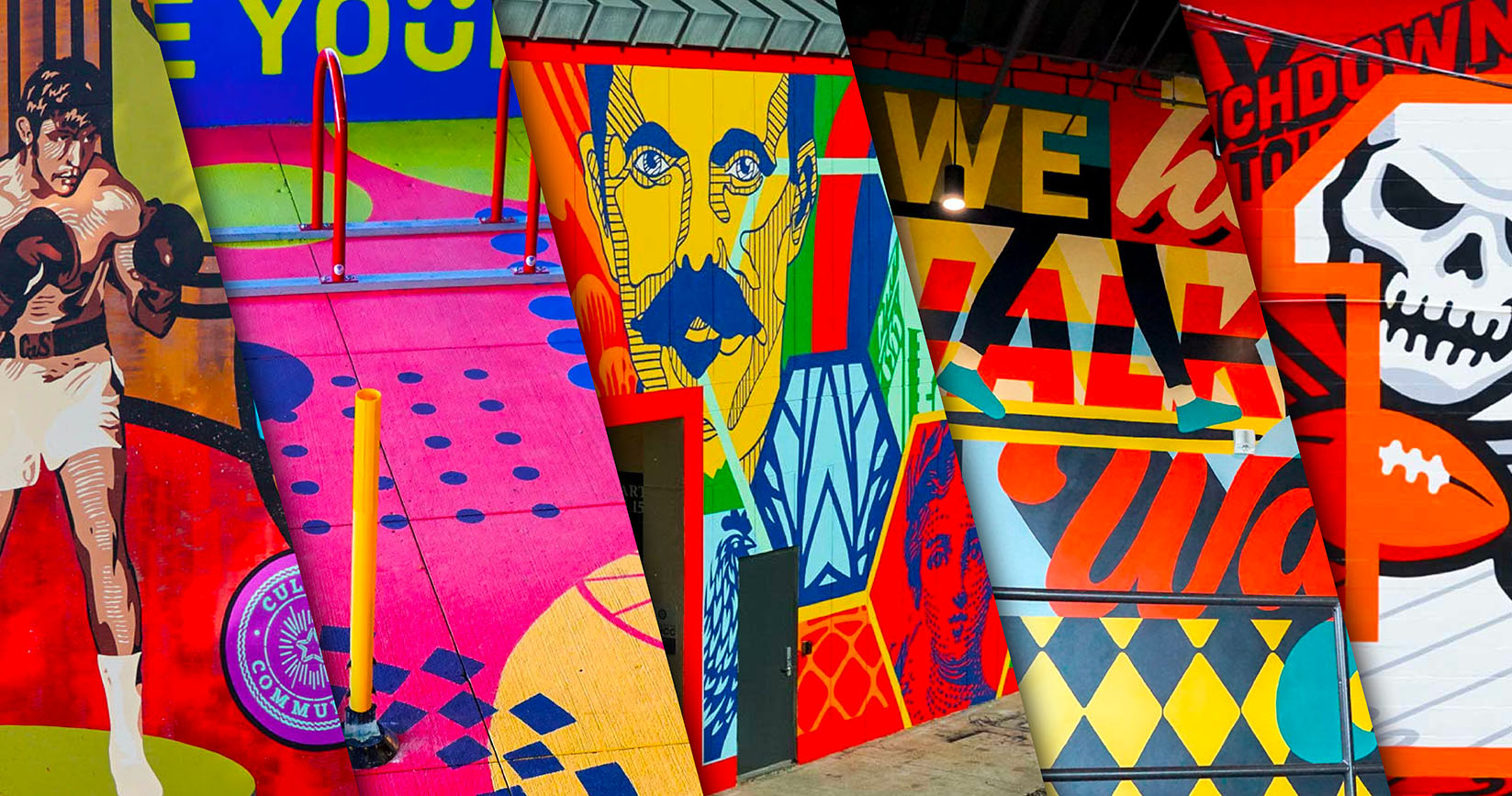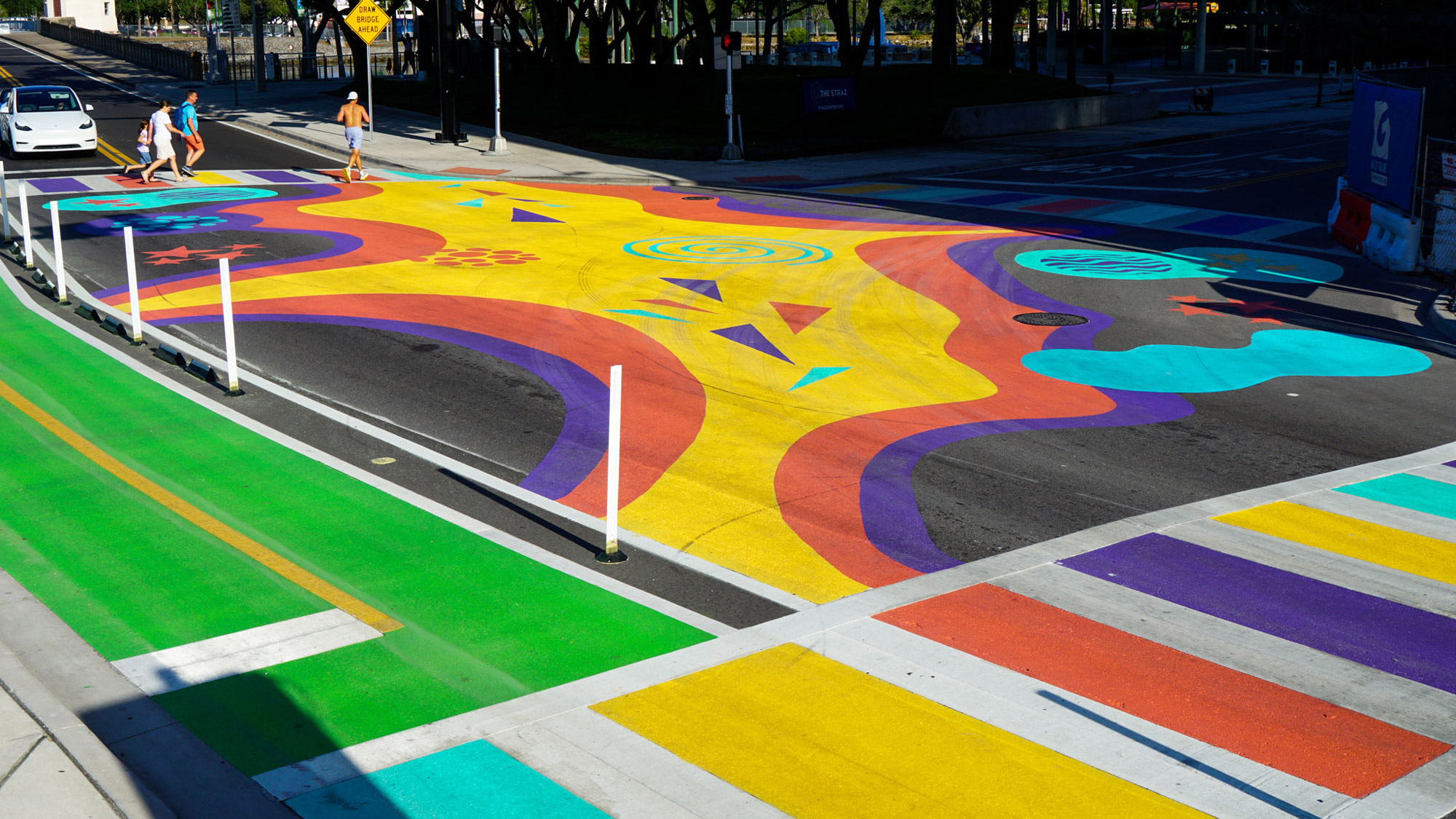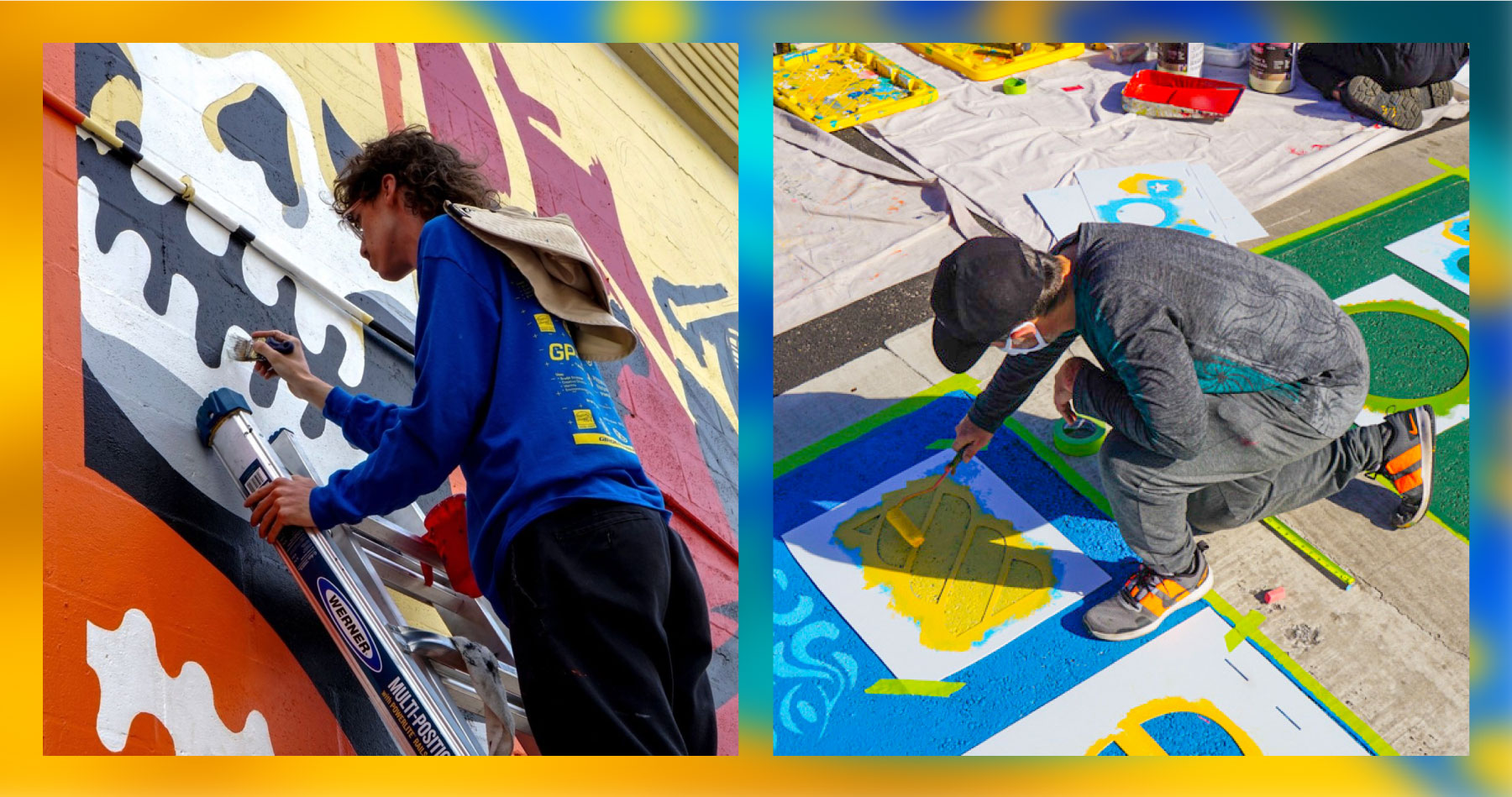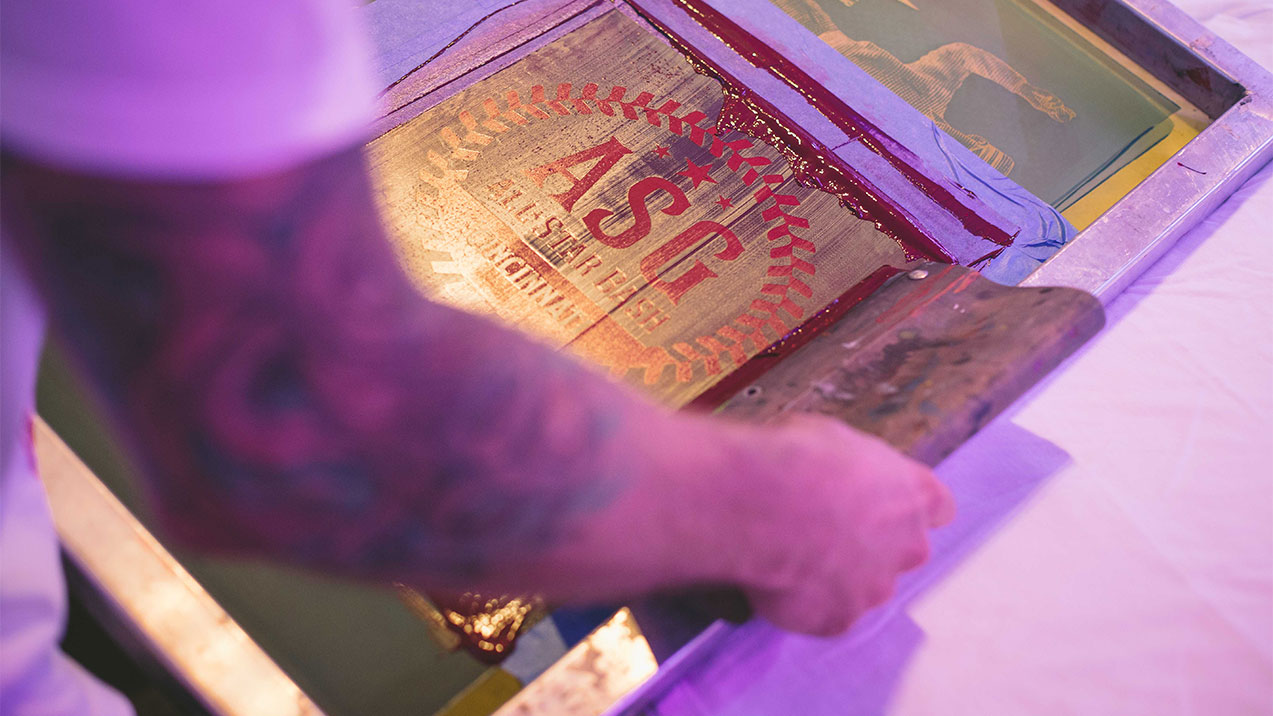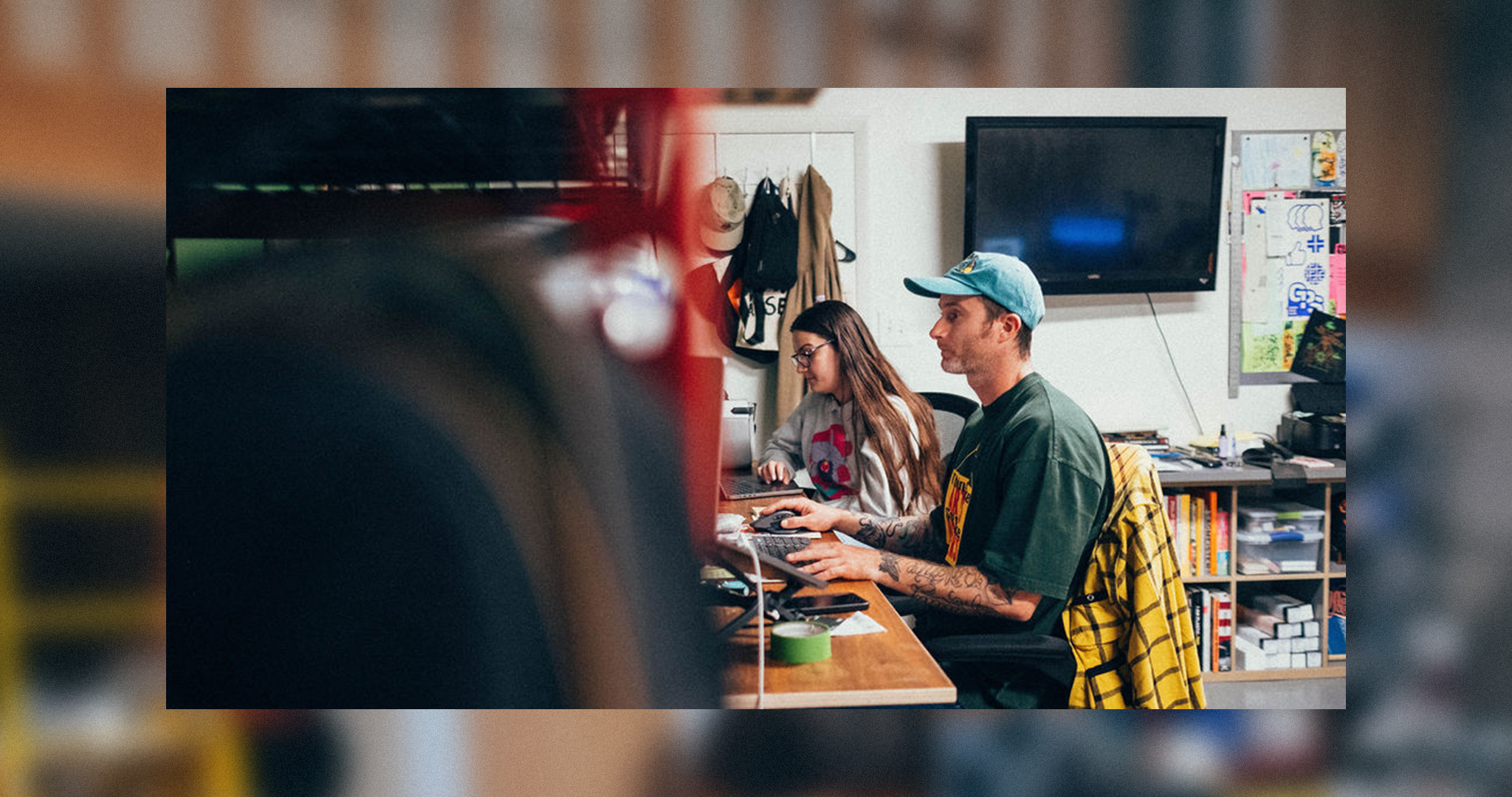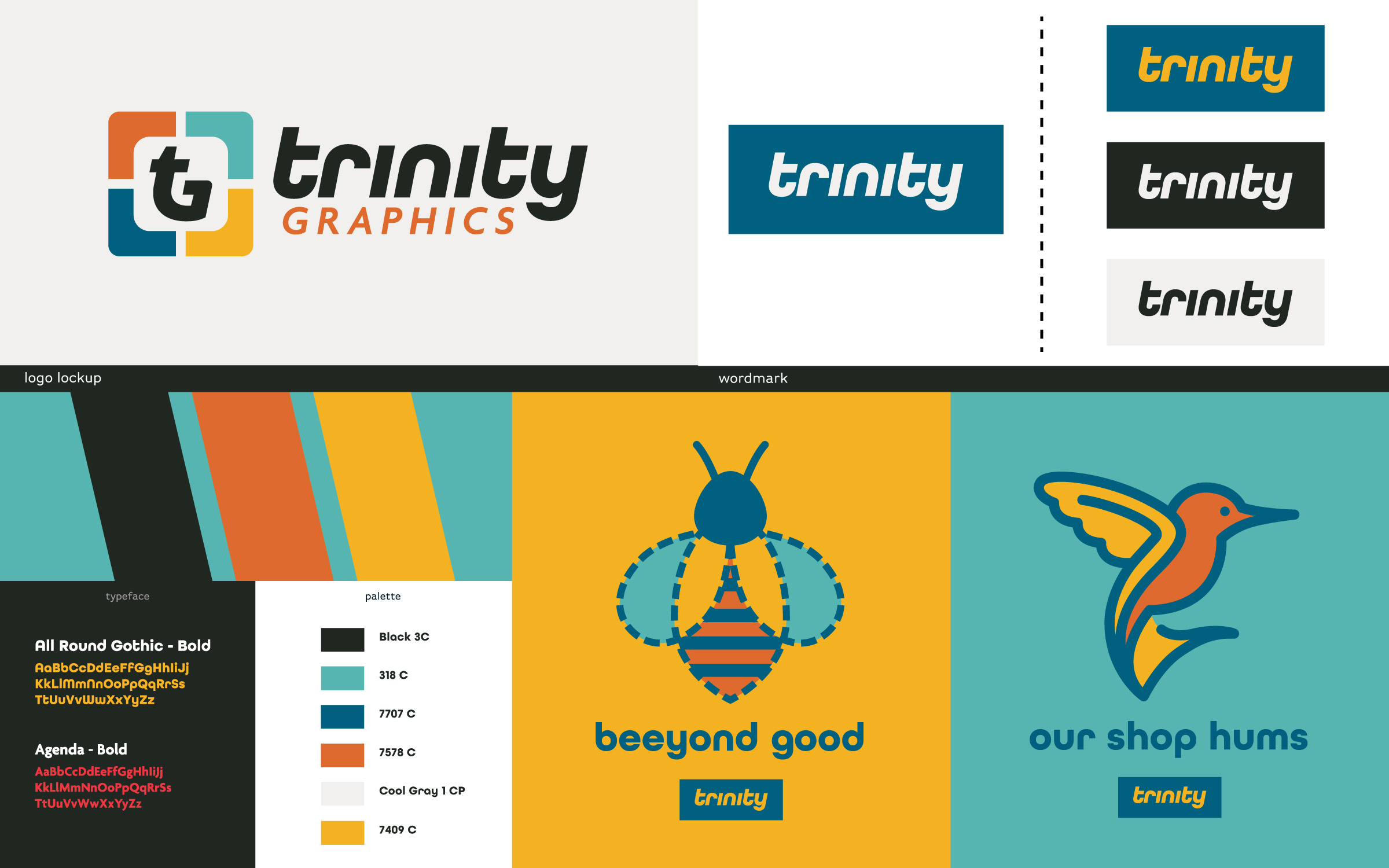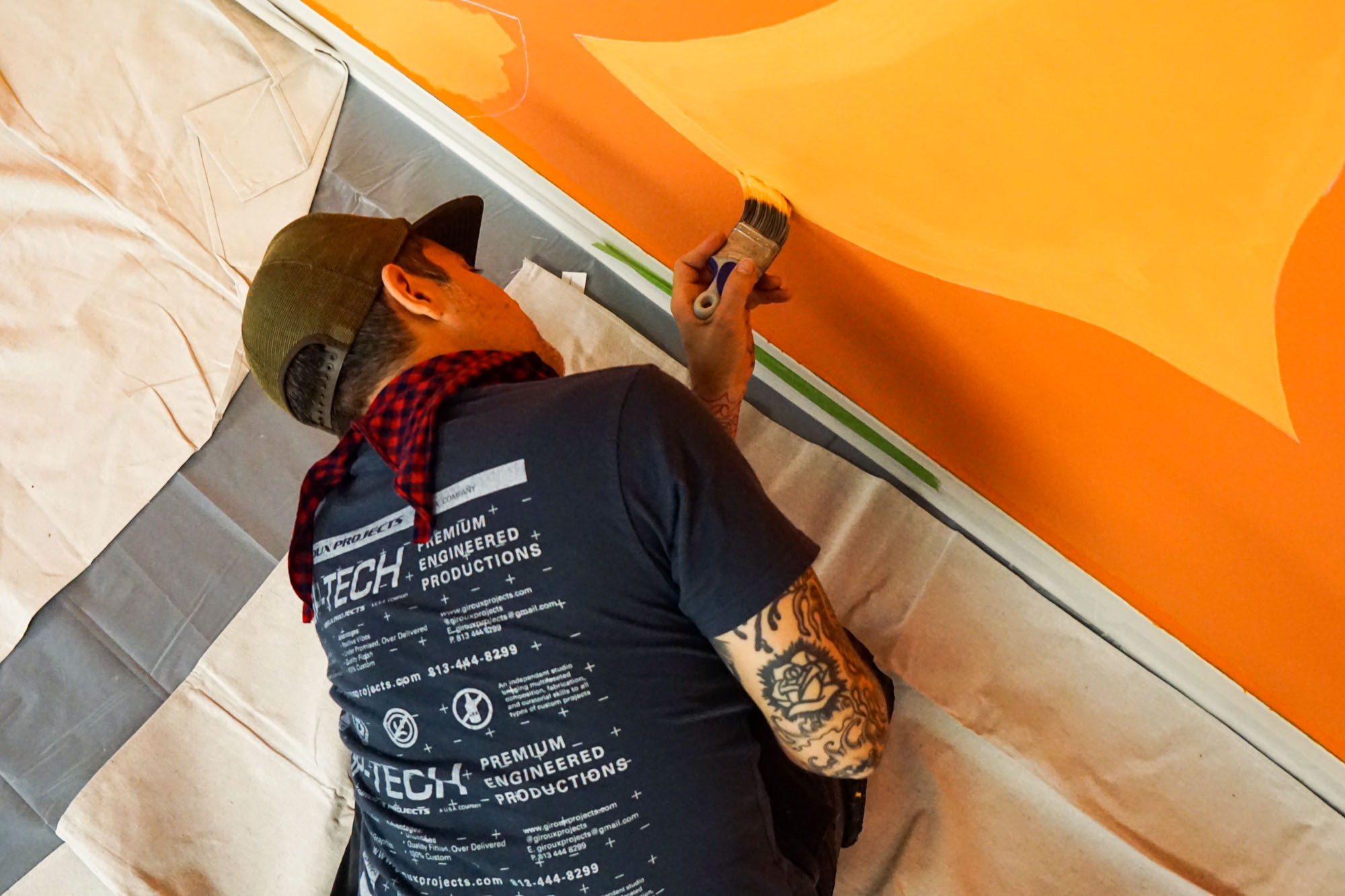
Community Impact of Murals
There have been a number of studies validating that neighborhood disorder and decay (characterized by graffiti, abandoned buildings, litter, public drunkenness, etc.) is directly linked to a higher risk of psychological distress, depression, substance use, post traumatic stress disorder and feelings of powerlessness1. Additional studies have sought to uncover whether or not murals have an impact on neighborhood disorder and decay. Obviously, substantial solutions to neighborhood disorder are complex and require more resources than an art program alone can solve. But understanding the connection between murals and neighborhood wellbeing is certainly helpful and can assist with other efforts to increase the health and safety of residents.
In 2015, Yale University published its findings about the impact of the Philadelphia Mural Arts’ Porch Light Program, which seeks to transform neighborhoods through mural art. The four-year study found that “after almost two years, residents living within one mile of more than one newly installed mural reported:
- A sustained relative increase in collective efficacy, including social cohesion and trust among neighbors as well as informal neighborhood social control.
- A modest but sustained relative increase in perceptions of neighborhood aesthetic quality, including the quality of the walking environment and perceived neighborhood safety.2 ”
The study doesn’t provide substantial evidence about why murals create an increase in collective efficacy or trust among neighbors but there is certainly plenty of informal evidence that supports the theory that “murals stimulate narratives of cultural and community connection, beauty, resilience, and hope. Such narratives may stand in contrast with prevailing narratives of neighborhood decay and disorder, and thus inspire residents to appreciate their neighborhood’s aesthetic qualities, foster a sense of cohesion with other neighbors, and nurture a belief that residents look out for one another. “
The study suggests that ultimately, the power of mural art lies in its ability to be a catalyst for social change. The beautification of a mural in a neighborhood creates a sense of agency for individual community members, as opposed to the powerlessness that follows disorder and decay.

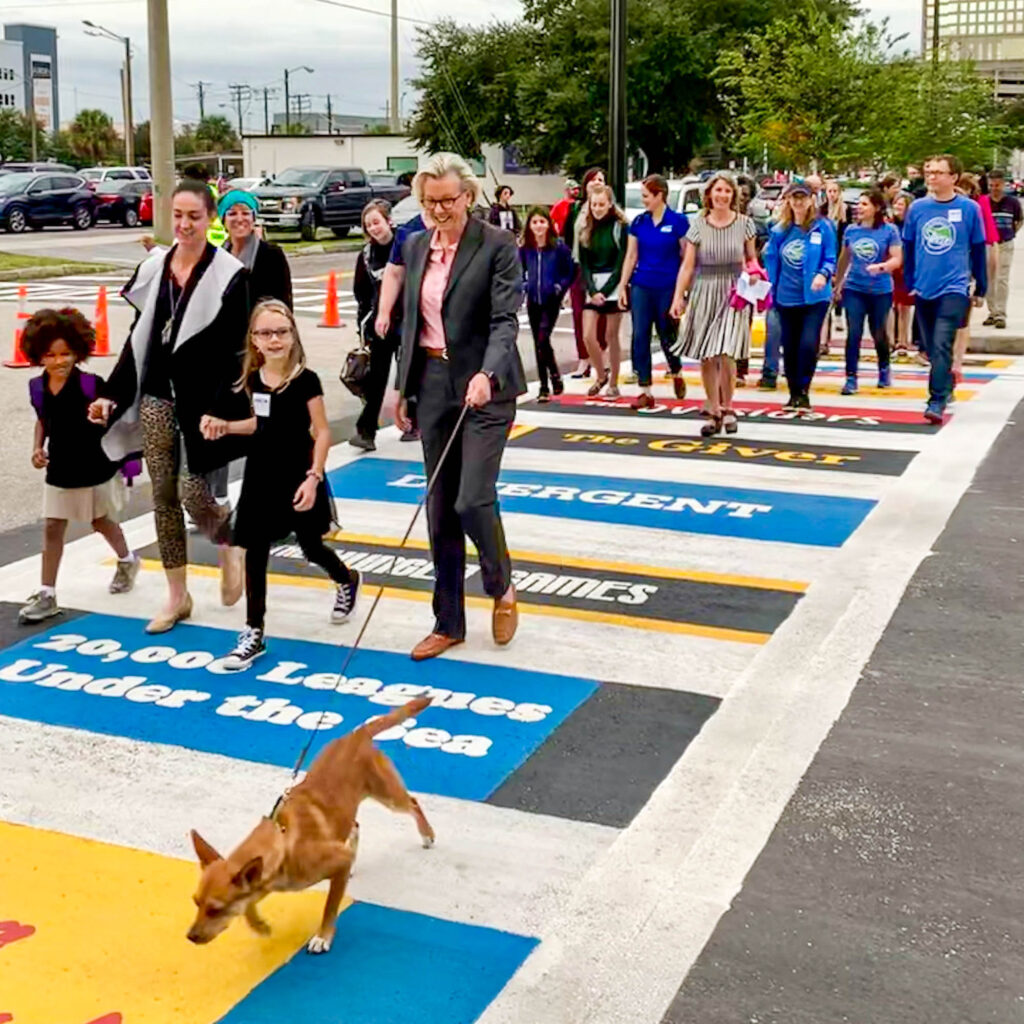
Much more research on the impact of murals is needed to truly gain an accurate perspective on the topic. But there’s no shortage of anecdotal proof of the power of murals for beautification, community engagement, neighborhood revitalization, inspiration, activism, and the ability to reach new audiences with art. Murals and other public art are particularly poignant in their ability to engage an audience that may have otherwise never stepped foot in a museum or gallery. They serve as a gateway artform, leading unsuspecting viewers to discover a love of art or at the very least, art curiosity. Drawing people into the arts is an important step toward individual and community wellbeing. New research is finding that spending 30 minutes a day engaged in the arts may lower anxiety and depression and increase overall feelings of satisfaction3. Additionally, art programs have been found to improve health outcomes in hospitals and help with issues like PTSD, chronic illness, Alzheimer’s, opioid addiction and more4.
- Cutrona, Russell, Hessling, Brown, & Murray, 2000; Gapen et al., 2011; Geis & Ross, 1998; Kruger, Reischl, & Gee, 2007; Silver, Mulvey, & Swanson, 2002
- Tebes & Matlin, 2015
- Cohen, Randy. (2021, February 3). Strengthening Mental Health Through the Arts (Including Mine!). Americans for the Arts. https://blog.americansforthearts.org/2021/02/03/strengthening-mental-health-through-the-arts-including-mine
- Cohen, Randy. (2020, October 29). Strengthening Healthcare Systems Through the Arts. Americans for the Arts. https://blog.americansforthearts.org/2020/10/29/strengthening-healthcare-systems-through-the-arts

